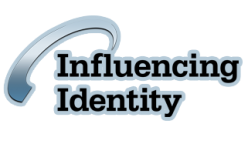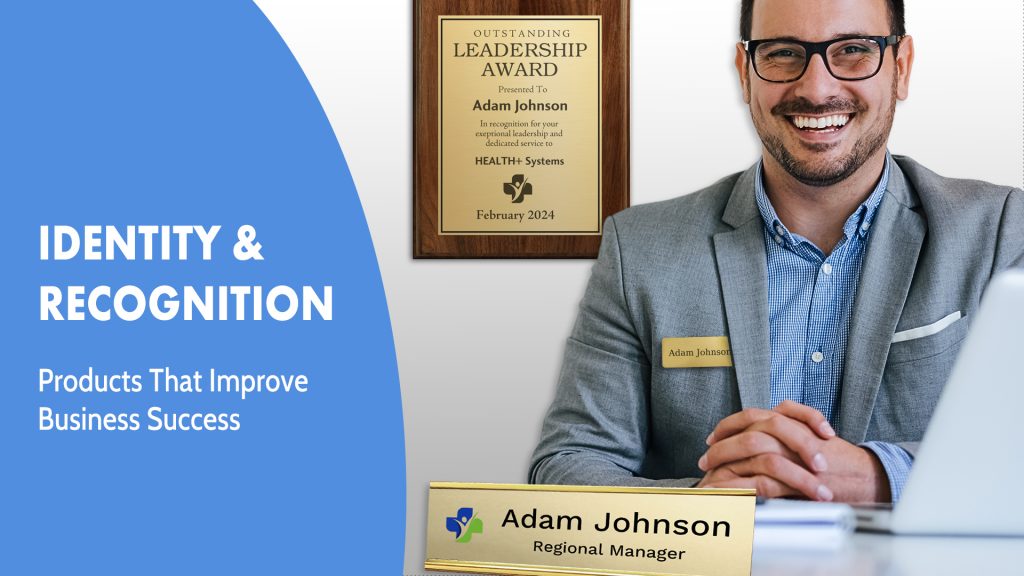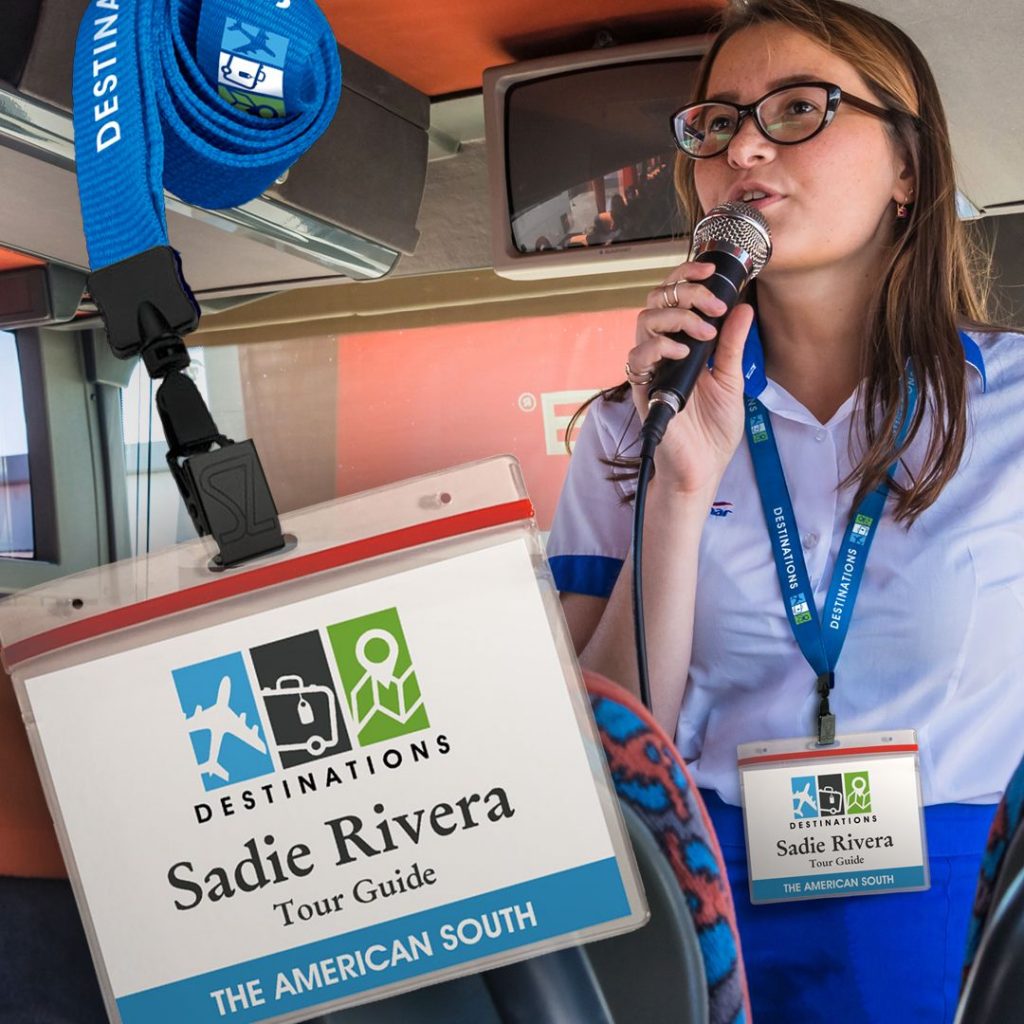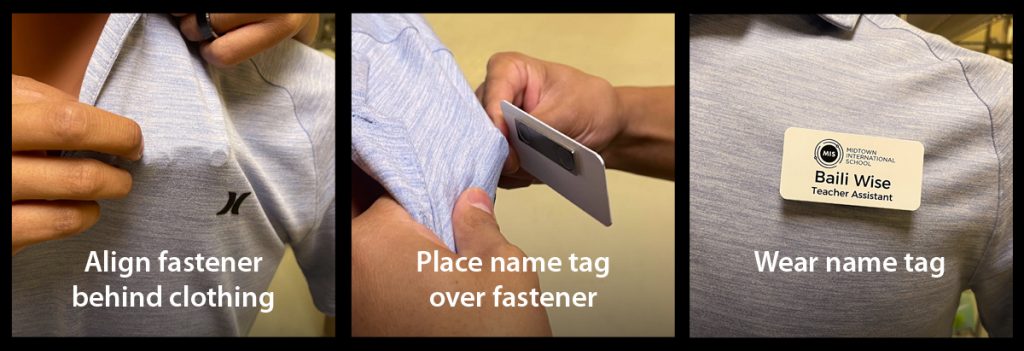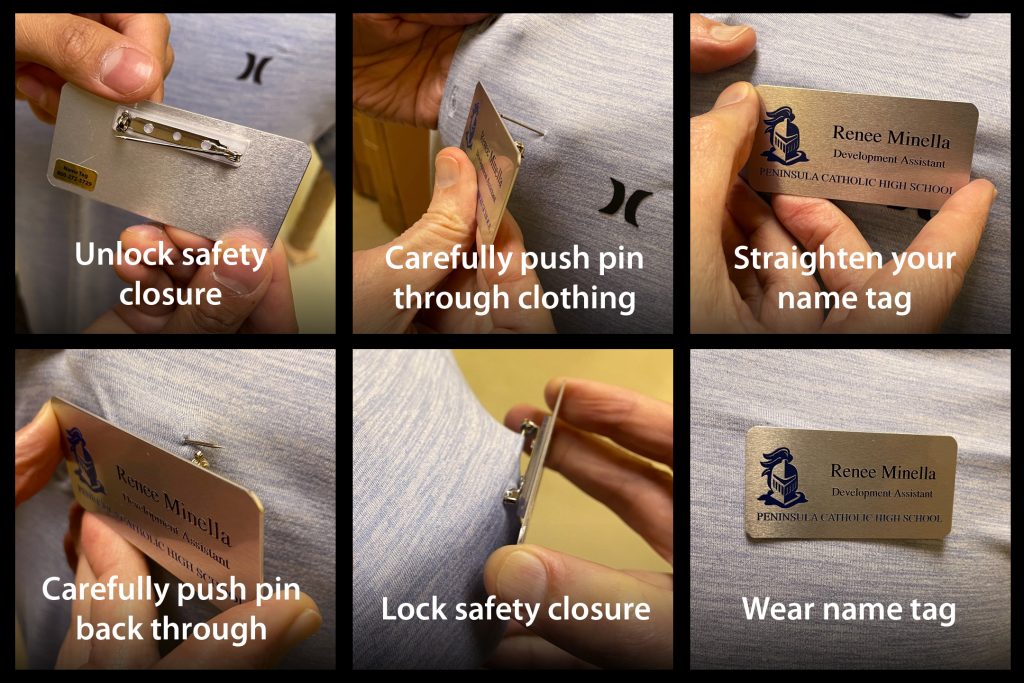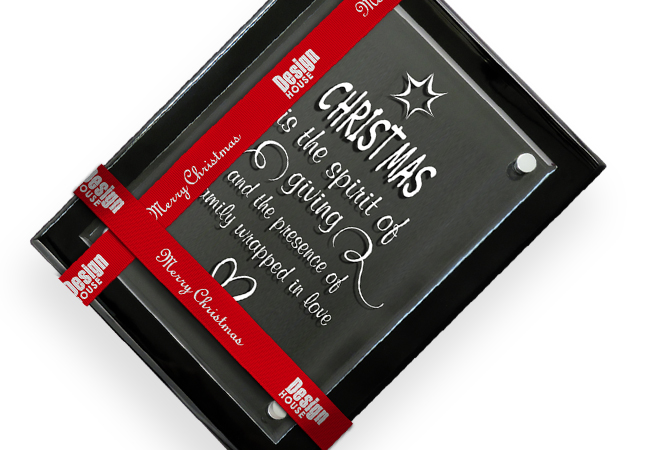Reaching customers, promoting a brand or service and rewarding loyalty are essential to growing a business. But how would you go about fulfilling these different tasks? The answer is to use custom products that show your logo. By displaying a company logo on various products, you can increase customer engagement and advertise different services or products.
Another way to fulfill these different tasks is to add a creative message to product packaging. This will inform potential customers about what your business or organization offers. Now that you have taken the first steps to engage the customer you can make your brand more identifiable.

Customer Engagement

Recognition is crucial to everyone’s success, whether you offer a service or product. The best way to create this awareness is to get your name out and remembered. How does someone get a business name out and what will be the result? Wearing a name tag or badge with a logo and contact name will get your name out. It will also build a link between yourself and the consumer.
Benefits of Name Tags
- Engraved or printed
- Choice of materials and colors
- Professional upgrades
Benefits of Reusable Badges
- Cost efficient
- Reusable surface
- Various styles and sizes
Other Products for Customer Engagement
NAME PLATES: Displaying a name plate with your logo and an employee name is a perfect way to engage with your customers.
BADGE HOLDERS: Wearing a badge holder with a printable insert is a will help advertise what product or service your company offers.
BADGE RIBBONS: Add badge ribbons to name tags, badge holders and other identification to promote brand recognition.
Customer Conversations
After creating that first impression, you still need to engage the customer to get them to stay. Offer them a custom top ribbon with an attractive message and logo. Talk about what is on the ribbon to start a conversation with the customer. It will help to further your business engagement. They are fantastic for sales, promotions and building a brand. Also, use these custom ribbons with a logo and message in promotional sales for your products. This tactic can lead to creating potential growth for your business.

Benefits of Custom Top Ribbons
- Full color printing with bleed
- Custom text, images or graphics
- Various top and bottom finishes
Customer Remembrance
After connecting with your customers and building a lasting relationship, offer them a keepsake. To make it even more memorable, add a custom ribbon roll tied around it that features your logo. This small deed can have a powerful impact. It can leave a positive reminder about your brand or service with the customer. Also, tie these attractive ribbons to gift bags or boxes and place them in public view when people enter your business or office. This tactic will engage the customers’ interest and help promote your brand.

Benefits of Ribbon Rolls
- Personalize with text and logos
- Continuous and favor print, full color
- Satin, grosgrain, organza, etc.
Using custom products will increase customer engagement
Finding new customers is vital for business growth and development. Fulfilling these different requirements can be challenging. One way to increase customer engagement is with custom products. These are great tools to engage in conversations and create brand awareness.
